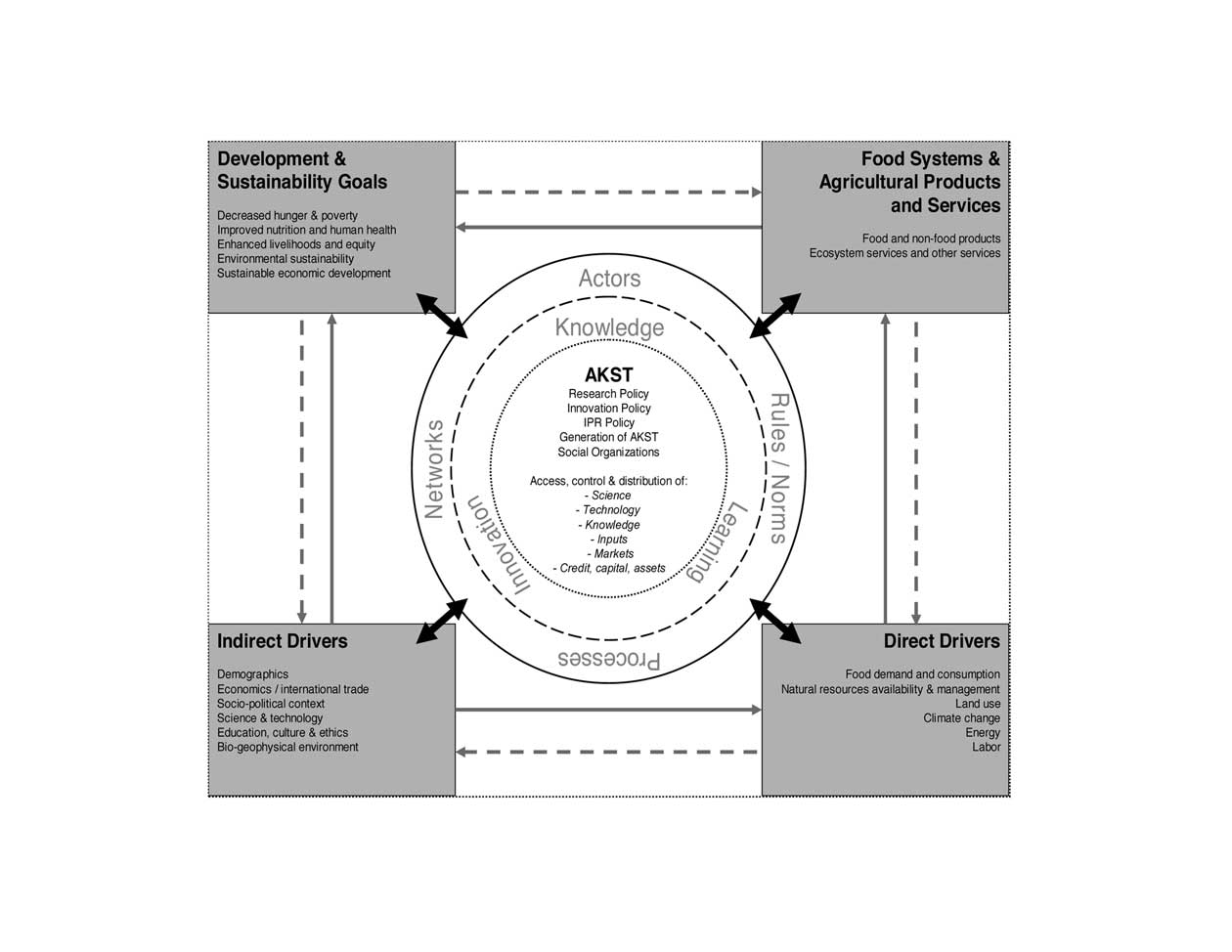
Figure 1-1. IAASTD conceptual framework.
nomic, demographic, educational, sociopolitical, infrastructural, and agricultural knowledge, science and technology. These drivers are described in detail in chapter 3. The assessment focuses on the interactions among the drivers in order to understand how to facilitate the achievement of development and sustainability goals.
In the following chapters, we look at AKST in relation to the development and sustainability goals of the IAASTD through the lens of a historical and current perspective (Chapters 2, 3). We then look at the next 50 years (Chapter 4) in order to provide decision makers with an assessment of options for achieving development and sustainability goals (Chapter 5).
1.2 The Sub-Saharan Africa Context
1.2.1 Environmental and natural resources
The diverse physical features of sub-Saharan Africa (SSA) present opportunities and constraints for agricultural development. Sub-Saharan Africa is endowed with a wealth of physical and biological natural resources which have sustained the region’s growing population and helped fuel development (Lelo and Makenzi, 2000). The region has large deserts (e.g., the Kalahari covers 260x103 km2), high mountains (e.g., Mount Kilimanjaro at 5895 m), large rain forests (the Congo basin forest ecosystem covers 200 million ha and is second only to the Amazon) and rich mineral deposits (bauxite, cobalt diamond, phosphate rock, platinum-group metals, vermiculite and zirconium) (Yager et al., 2004; UNEP, 2006a,b). Nevertheless, this natural wealth is unevenly distributed, largely unexploited and has.
sometimes been a source of conflict. For example, mineral resources such as diamonds and oil deposits have been at the center of conflict as well as economic development (Lelo and Makenzi, 2000; UNEP, 2006a).
1.2.1.1 Land
Sub-Saharan Africa covers an area of 2.4 x 109 ha. Only about 8% of this land is arable and permanent cropland (Table 1-1). Over 60% of the population depends on agriculture for their livelihood (ILO, 2005; WRI, 2005). One of the largest expansions of cropland in sub-Saharan Africa in the last 20 years or so has been around the Great Lakes subregion of eastern Africa (Lepers et al., 2005).
Some of the main issues relating to land in SSA are land degradation and desertification, as well as inappropriate
Table 1-1. Landuse in SSA (2000).
Land-use |
Cover (%) |
| Permanent pasture | 35 |
| Arable and permanent cropland | 8 |
| Forested (FAO estimates for 2000 >10% cover) |
20 |
| All other land | 37 |
| Total | 100 |
Note: Sub-Saharan Africa includes Mauritania, Somalia and Sudan, and excludes Cape Verde, Comoros, Mauritius, Sao Tome and Principe, Seychelles and Swaziland, for which data is not available. Source: WRI, 2005.